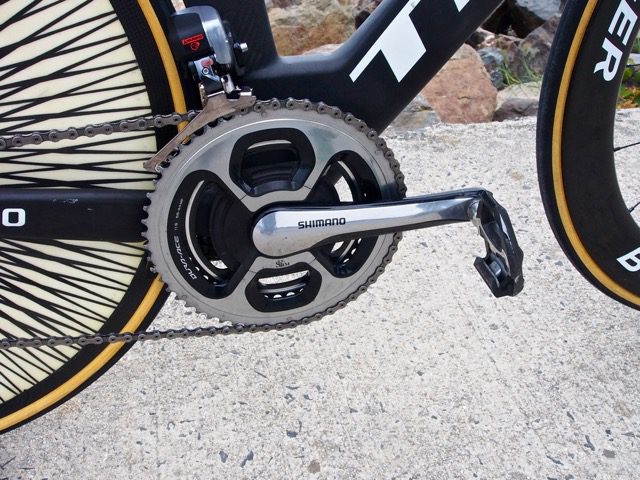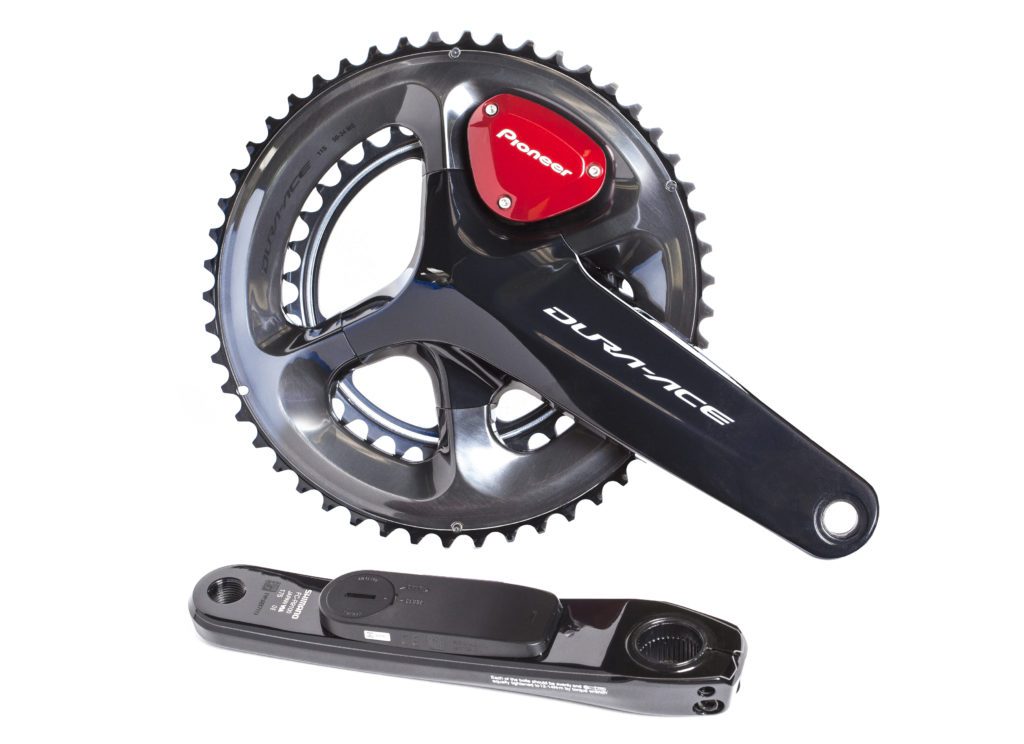4 tips to make the most of your power meter
Don't just let it be an accessory on your bike

by Bart Egnal
One of my favourite parts about riding in a group is the chance to chat with friends about bikes, riding, and of course, gear. When it comes to gear, the big three topics of discussion tend to be wheels, frames and groupsets. In recent years, a fourth topic has been coming up more often – power meters.
Power meters typically use strain gauges to measure the torque applied by your pedalling. When combined with angular velocity, the result is a power number, measured in watts. Power meters come in many shapes and sizes. There are hub-based power meters built into a wheel, crank-based power meters and pedal-based power meters. All essentially do the same thing and I won’t bore you with the comparisons. What is important to note is that during the past several years, power meters have gone from arcane, $5,000 tools reserved for pro cyclists to $600 accessible technology that amateurs are scooping up in record numbers.
The result is that I find myself increasingly talking with club riders about their new power meters. The conversation often takes the following form:
Me: Nice new power meter! How are you enjoying it?
Other rider: Well, I’ve had it on the bike all year and don’t really do much with it.
Me: Do you download/use/review the data? Do you train differently with it?
Other rider: No. Wish I’d spent the $1,000 on a vacation.
Now, if this is you, don’t despair. Vacations are highly overrated and you are better off staying in your local confines, suffering on the trainer in winter while others jet off to miserable sun-kissed locations. Sure, you have a power meter that you don’t use and it provides little comfort, instead of spewing out reams of useless data. But if you could use it, that would be special.
So, as someone who can’t ride without power (well, I can, but I love my data), I thought I would share with you my perspective on training, riding and racing with power.
Tip 1
The first thing I found the power meter to be useful for was self-assessment. I spent my first year pedalling and storing my power files, but doing nothing with them. After that season, I attended a workshop with Hunter Allen who showed me how to plug that data into TrainingPeaks.
How can this help? Looking at your best 20-minute, 10-minute, 5-minute, 1-minute and 10-second power will allow you to realize quickly you aren’t going to be beating Mark Cavendish in a bunch sprint, but that if you were to go out for a Thursday night time trial, your ability to suffer more than 20 minutes will serve you well.
Tip 2
Once I had my data, I realized that my power meter would become my best friend in the off-season. Now every year, from October through March, I bid farewell to riding on the road and say hello to the trainer. My workouts (designed by my coach) become highly structured – initially focused on endurance and aerobic base and then gradually moving into higher intensity as the season draws closer. The power meter allows me to hold myself accountable on the trainer to actually do the work I need to be doing. It also allows me to compare my fitness year over year as race season draws closer.
If you’ve bought a power meter, make use of it during your off-season to train. It will allow you to have a disciplined and productive period of building your fitness without burning yourself out doing a “race” type of workout every time.
Tip 3
Unless you are racing a time trial, don’t look at your power during a race or group ride. Once the season starts, avoid relying on your power meter. On group rides, it can suck the fun out of your riding. In races, it can be downright detrimental because it may preclude you from attacking or going on instinct. I’ve gone deeper and hit bigger numbers in races than in training because I just had to cover that wheel or had to bury myself in the sprint. If I’d thought about my watts, those accomplishments would never have happened.
It’s still worth looking at the numbers after a ride and comparing them with how you felt and what your heart rate was. For example, if you felt incredibly fatigued but the intensity of the ride was not high when you reviewed your data, you may be overtrained or over-raced. Conversely, if you’re putting out big numbers on the club ride and not really feeling tired, you’re probably coming into some form.
Tip 4
Enjoy the ride! As someone who loves power meters (I have one on every one of my bikes), I often have to remind myself that I love cycling more than the data. The pursuit of fitness, the thrill of racing, the camaraderie of the ride with friends – none of these things require power meters. The power meter won’t pedal your bike for you, but I firmly believe if you use it for good and not evil it can make your training a more measurable and focused process. It can help you enjoy the ride.


